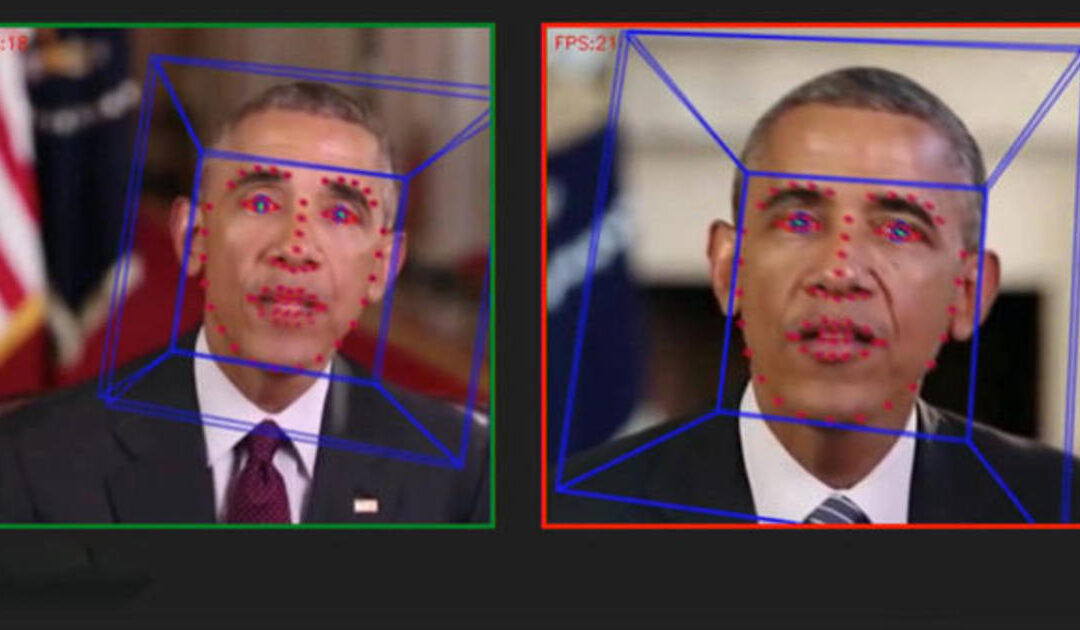Artificial intelligence (AI) and deep learning algorithms are used in deepfakes, which are changed or manipulated movies and images. These can include believable face-editing in hilarious videos, unlicensed imitation, and fake news.
Data gathering, training, and generation are the three crucial processes in the creation of a deepfake.
Data collection is the initial phase, which involves gathering a target person’s millions of photographs, videos, and audio snippets from online social media platforms, search engines, and other public sources. To get rid of extraneous information or duplicates, the data is sorted, arranged, and labeled after collection. The system learns the targeted person’s facial expressions, body language, and emotional states better the more data there is to go on.
Artificial neural networks that act as information processing systems make up the developed deep learning algorithms. These algorithms examine the patterns in the data and formulate a group of conditional probabilities that characterize the patterns of the person’s various facial expressions, feelings, or movements.
Then training data, which consists of image or video sequences, is presented to the algorithms. Convolutional neural networks (CNNs), which are layers of digital filters, examine the training data frame by frame to find patterns that can be utilized to recreate or mix the target person’s visual identity in the context of a new image or video.
Generation: The final phase in the deepfake generation process is stitching a computer-generated image or video onto the original footage using trained deep learning algorithms. The process of “mapping the new identity” involves the algorithm projecting the movement, form, and perspective of the source footage onto the newly produced face, movement, or body.
The output must go through a number of post-processing phases, including splicing, noise reduction, texture transfer, color re-matching, and animation retargeting, to guarantee the deepfake movie appears realistic.
The deepfake films are evaluated and put through quality control after the procedure is finished to make sure they closely enough resemble the target person to avoid detection. Currently, anyone with the necessary computer processor speed, training data, and software can produce a convincing deepfake video using even basic deepfake approaches.
Deepfake technology ultimately has a tremendous impact on society, from media and entertainment to national security and interpersonal interactions. To reduce the possibility of utilizing deepfakes for malicious purposes, ethical use and raising awareness of them are essential.

